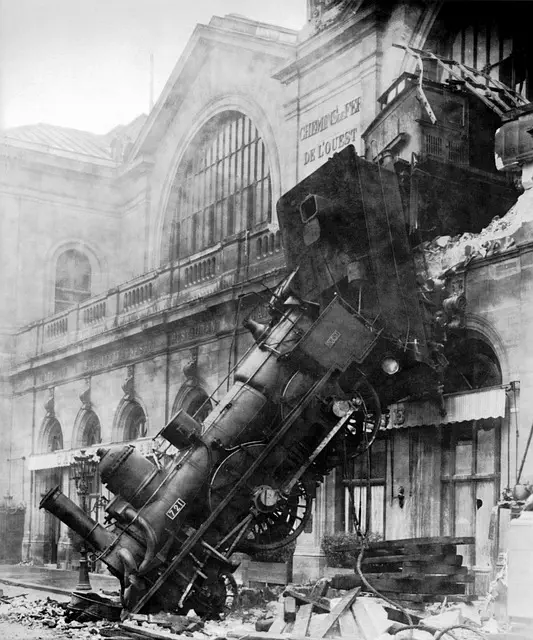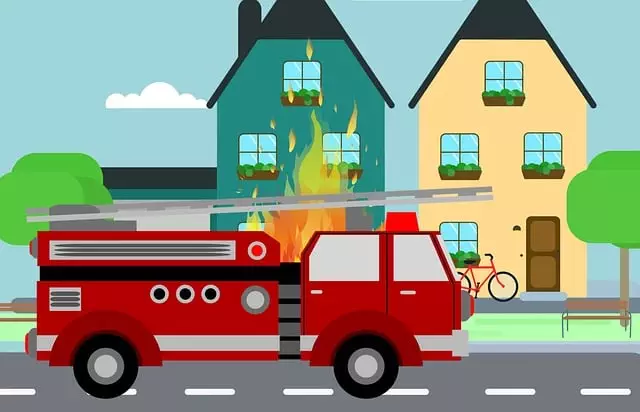Cyclists and drivers in Manhattan share equal road rights and responsibilities. Queens, with its high cyclist traffic, requires drivers to yield to cyclists approaching from the right or when turning left, maintain a safe distance of at least three feet, and avoid sudden maneuvers. Cyclists must follow all traffic signals, stop signs, and ride predictably. Taxi Cab Accident Lawyers in Queens play a vital role in ensuring safety and legal protection for both parties involved in cycling-related incidents, especially given the unique challenges cyclists face in New York City's dense traffic.
In New York City, especially in Manhattan’s bustling streets, understanding cyclist right-of-way rules is crucial. This article guides cyclists and drivers alike through the legal framework governing their interactions, focusing on key regulations and signs to prevent accidents. We also explore what to do if a cyclist is involved in an accident with a taxi cab in nearby Queens, highlighting the significance of experienced legal counsel in ensuring just compensation for injuries.
- Understanding Cyclist Right of Way Rules in Manhattan
- – The legal framework surrounding cyclist rights and responsibilities in New York City, with a focus on Manhattan's unique traffic patterns.
Understanding Cyclist Right of Way Rules in Manhattan

In Manhattan, understanding cyclist right of way rules is crucial for both cyclists and drivers alike. Cyclists have the same rights and responsibilities as motor vehicle drivers on the road. When navigating the bustling streets of Queens, where Taxi Cab Accident Lawyers are often needed, cyclists must follow traffic signals and stop signs just like cars do. However, they also have specific laws in their favor to ensure safety and encourage sustainable transportation.
One key rule is that vehicles, including taxis, must yield to cyclists when they are approaching from the right on a two-way street or when a cyclist is turning left at an intersection. This means drivers should be extra vigilant in areas with high cyclist traffic, such as popular biking routes. Additionally, drivers must maintain a safe distance of at least three feet when passing a cyclist, and they cannot make sudden moves that could endanger cyclists. Cyclists, for their part, are expected to ride predictably and follow all road rules to minimize the risk of accidents.
– The legal framework surrounding cyclist rights and responsibilities in New York City, with a focus on Manhattan's unique traffic patterns.

In New York City, particularly in Manhattan, cyclists face unique challenges and enjoy specific rights. The state’s laws mandate a shared road system for cars and bikes, with cyclists permitted on all roads except those that explicitly prohibit their use. Cyclists have the same rights and responsibilities as motorists, including stop signs, traffic signals, and yield to pedestrians. However, New York City’s dense traffic patterns and labyrinthine streets can pose risks, especially at intersections where taxi cab accidents in Queens are not uncommon.
Taxi cab drivers, while navigating a bustling urban environment, must be particularly vigilant for cyclists. Cyclists often use bike lanes or ride alongside cars, requiring all parties to remain aware and respectful of each other’s space. In the event of an accident, understanding the legal framework becomes critical. Taxi cab accident lawyers in Queens can guide victims through the complex web of liability, insurance claims, and city regulations to ensure they receive fair compensation for injuries sustained in these often high-impact collisions.
Understanding and adhering to cyclist right-of-way rules in Manhattan is crucial for both cyclists’ safety and their legal protection. With unique traffic patterns, these rules ensure a harmonious sharing of the road between cyclists and other vehicles, particularly taxi cab drivers in Queens. Remember that, as a cyclist or a Taxi Cab Accident Lawyer in Queens, knowing and respecting these regulations can prevent accidents and protect your rights.
